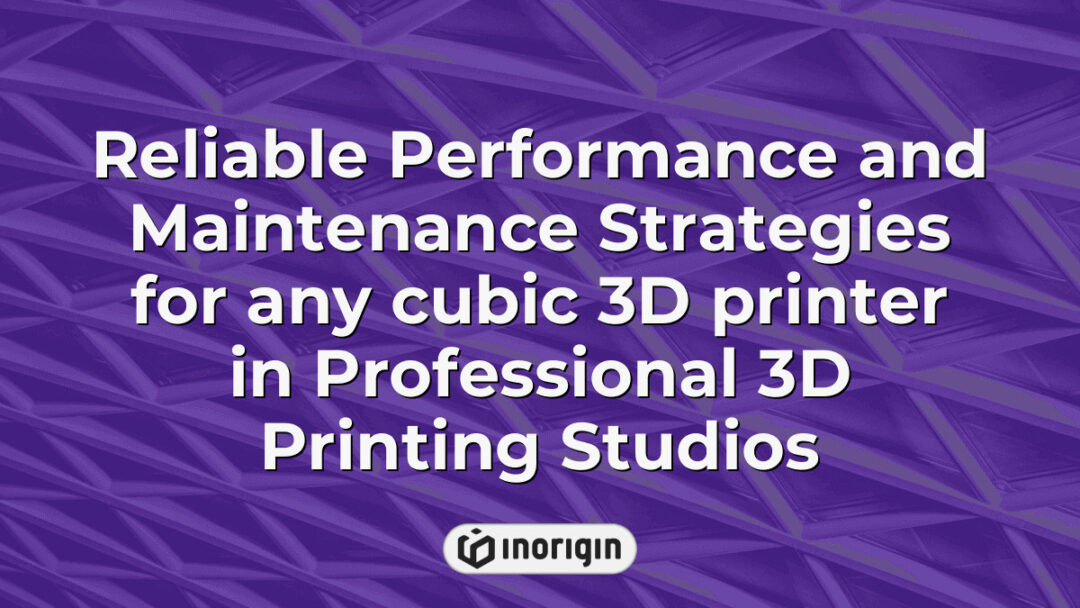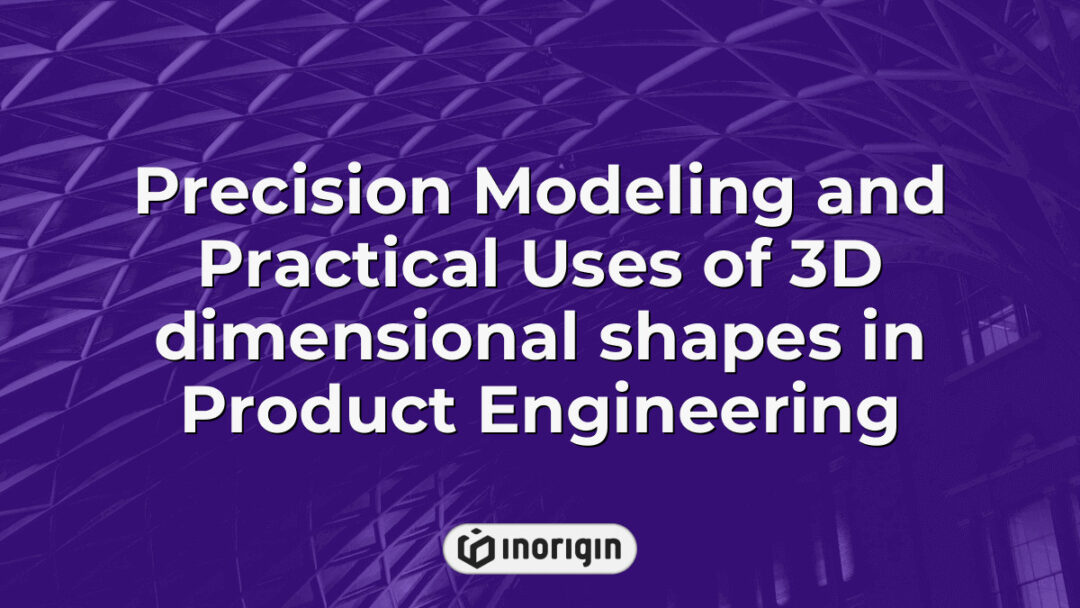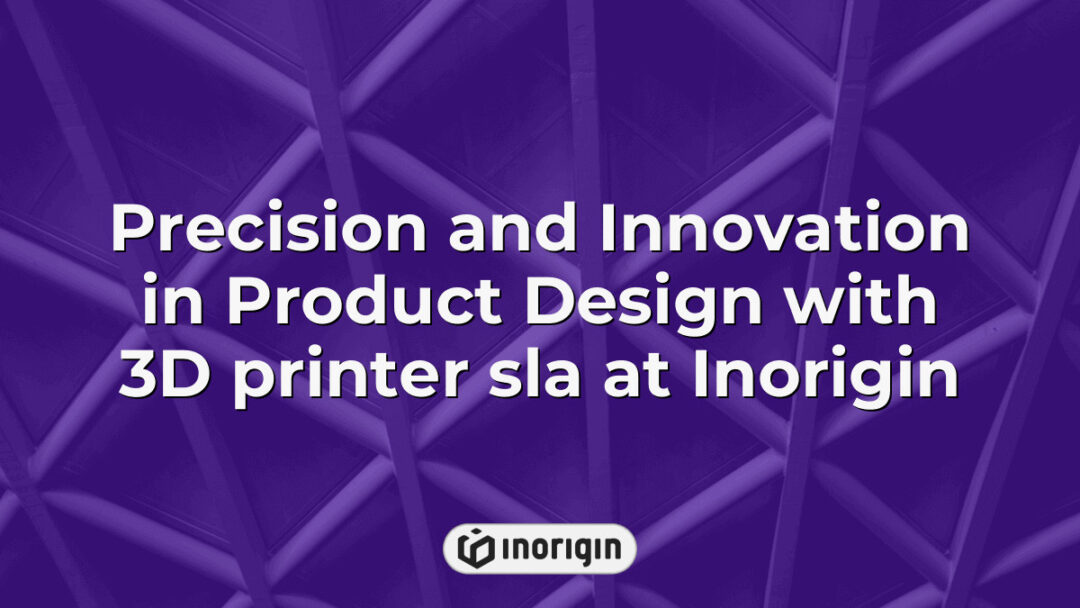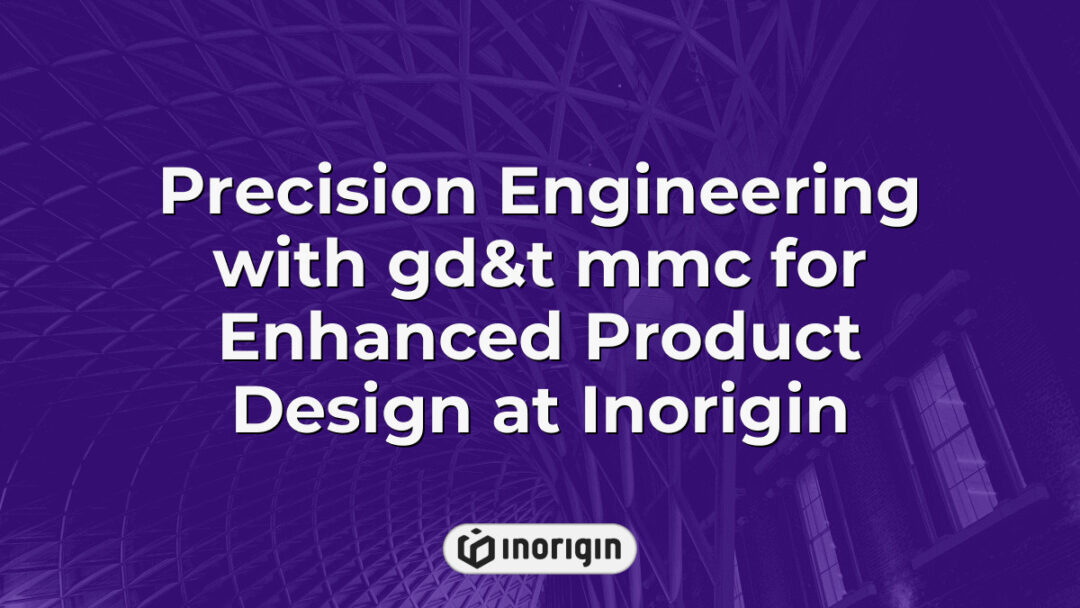The advent of three-dimensional printing technology has revolutionized the manufacturing landscape, positioning AnyCubic 3D printers at the forefront of this transformative movement. Renowned for their commitment to innovation and user-centric design, AnyCubic offers a diverse range of 3D printers that cater to both novice and experienced makers alike. These printers, characterized by their affordability and exceptional print quality, facilitate the realization of complex designs across various applications, from prototyping and product development to artistic expression and educational endeavors. As the demand for accessible and efficient production methods escalates, AncyCubic 3D printers emerge as pivotal tools that democratize creative possibilities, challenging traditional manufacturing paradigms and reshaping the future of fabrication.
| Aspect | Key Takeaway |
|---|---|
| Technology | Any cubic 3D printer models utilize both FDM and DLP resin technologies to deliver precise and versatile solutions for prototyping and production within advanced product design and engineering. |
| Model Range | Popular lines such as the Photon series provide high-resolution prints ideal for intricate designs, while the i3 Mega series offers user-friendly interfaces suited for seamless integration in professional studios. |
| Setup Process | Optimal setup includes careful unpacking, stable placement, and leveraging auto-bed leveling features to ensure accurate calibration and consistent print quality. |
| Material Choices | Choosing PLA supports eco-conscious, easy-to-print projects, whereas resin materials enable detailed, durable components essential for functional prototypes and market-ready models. |
| Troubleshooting | Resolving print issues involves precise calibration, adjusting temperature settings, and verifying material compatibility to maintain professional-grade output. |
| Maintenance | Routine cleaning, firmware updates, and part inspections are critical practices for maximizing printer reliability and extending operational longevity in a high-demand environment. |
| Safety Measures | Implementing workspace ventilation, using personal protective equipment, and following manufacturer guidelines ensures safe operation and preserves both user well-being and equipment integrity. |
Overview of Anycubic 3D Printer Models
When considering any cubic 3D printers, one may find a medley of models that elegantly cater to various user needs and preferences. Each iteration of their product line exhibits a subtle sophistication, designed to elevate the user experience without overwhelming the uninitiated. The Anycubic 3D printers encompass both FDM and SLA technologies; for instance, the Anycubic Photon series has gained considerable attention since its introduction, marketed in 2018, for its precise layering capabilities and affordability. Transitioning to FDM options, the Anycubic i3 Mega series, launched shortly thereafter in 2017, offers versatility through ease of assembly and an intuitive touchscreen interface, thus serving both newcomers and seasoned enthusiasts alike. The continuous evolution of these offerings reflects a responsiveness to market demands, evidenced by the inclusion of features such as auto-bed leveling and filament sensors, which enhance usability across a diverse user base. Ultimately, this alignment of technological advancement with user-centric design fuels the appeal of Anycubic 3D printers, making them a commendable choice for various applications in the vibrant world of additive manufacturing.
Setting Up Your Anycubic 3D Printer
Setting up an Anycubic 3D printer is akin to orchestrating a symphony where each component must harmonize for successful performance. Initial steps require careful unpacking, allowing the user to familiarise themselves with key features and dimensions of the printer, which typically accommodates a variety of printing sizes. Attention to the physical placement of the machine is crucial; a stable, level surface will greatly enhance the printer’s operation. Subsequently, the calibration phase comes into play. Here, auto leveling emerges as a significant function—a user-friendly feature that adjusts the print bed’s position to ensure even printing, thus mitigating the risks of print failure related to bed adhesion. The printer’s interface, depending on the model, provides guidance through this calibration, making the setup process accessible, even for individuals new to 3D printing. Lastly, once the auto leveling is complete and the slicing software is configured with appropriate printing settings, the printer’s readiness can be confirmed. Following these steps meticulously can lead to a satisfactory 3D printing experience, where the blend of technology and craftsmanship produces tangible results.
Troubleshooting Common Issues
Imagine a 3D printer, a machine often likened to an artist meticulously shaping clay, where every inch of filament determines the final sculpture’s aesthetic allure. However, the journey from digital design to tangible object is fraught with potential complications, particularly when it pertains to print quality and resolution. Instances arise where the anticipated smooth finish becomes a lumpy nightmare, undermining the design’s intent. To address these common issues effectively, one must first consider the printer’s setup; misalignment or incorrect calibration may lead to unsatisfactory results. Aspects such as temperature variations, which can cause warping or layer adhesion problems, play a significant role in the overall print quality, while resolution settings affect the detail captured in smaller features of the intended print. Users may find themselves grappling with stringing between components or under-extrusions, both of which highlight the importance of fine-tuning the printing parameters. Having the right balance impacts everything from functionality to visual appeal; thus, improvement in the printing process rests on a solid understanding of these common pitfalls. Armed with knowledge and adjustments, users can transform frustrations into successes, creating prints that truly reflect the quality envisioned in the design phase.
Exploring Material Options for Anycubic
When considering the diverse world of materials utilised in cubic 3D printing, one cannot help but notice the striking contrast between PLA and resin; both these materials have distinct properties that cater to various applications. PLA, or polylactic acid, stands out due to its ease of use and eco-friendliness, derived from renewable resources like cornstarch or sugarcane. In contrast, resin favours precision and intricate details, making it the preferred choice for projects demanding high levels of accuracy and smooth finishes. The mechanical properties also diverge; while PLA prints tend to be more brittle, resin models exhibit enhanced durability once cured, appealing to professional users who require robustness. Furthermore, temperature sensitivity varies substantially; PLA can deform at temperatures as low as 60°C, whereas certain resins can withstand higher thermal ranges. The choice between these materials hinges upon the specific project requirements, incorporating factors such as intended application, aesthetic goals, and budget constraints. Ultimately, this decision-making process is crucial for optimising output quality and efficiency in any cubic 3D printing endeavour.
Maintenance and Upgrade Tips
Consider a hypothetical scenario in which a user of an Anycubic 3D printer encounters recurring issues with print adhesion. Despite selecting high-quality filament and fine-tuning initial layer settings, prints continue to warp or delaminate. A thorough investigation into maintenance and upgrade options could reveal potential underlying problems stemming from platform levelness or insufficient thermal regulation. Addressing such concerns through a regular maintenance schedule, including routine checks on the build plate and nozzle cleanliness, is essential for ensuring optimal printing performance. Upgrades may also involve investing in a more advanced slicing software that offers superior control over print parameters, thus enhancing overall print quality.
Furthermore, regular maintenance of any 3D printer, such as an Anycubic model, encompasses aspects like lubricating moving parts, updating firmware, and calibrating steps per millimetre settings. These measures can substantially prolong the lifespan of the machine while mitigating technical issues that may arise. Upgrading accessories, for instance, swapping out a standard V-slot wheel for higher-quality alternatives, can lead to smoother motion and reduced vibration during printing. In essence, a multifaceted approach to both maintenance practices and product upgrades contributes significantly to improved functionality and reliability of 3D printing devices.
Through the implementation of these strategies, users can cultivate a more resilient printing environment, ultimately minimising frustrations and enhancing the creative output. Ample research into various accessories, such as automatic bed levelers or filament drying solutions, further complements this process. The intricate relationship between meticulous care and the selection of appropriate software or hardware illustrates the necessity for a proactive stance in the maintenance and upgrade of any 3D printer. This mindset not only fosters improvement in print results but also deepens the user’s understanding of the complexities inherent to 3D printing technology.
Frequently Asked Questions
What types of software are compatible with Anycubic 3D printers?
Like the many threads of a finely woven fabric, the compatibility of software with Anycubic 3D printers encompasses a diverse range of options tailored to different user needs and preferences. These printers, known for their versatility, support various slicing software such as Cura and PrusaSlicer, which are fundamental tools for converting 3D models into instructions that the printer can understand. Additionally, software like Simplify3D offers advanced features for those seeking to optimise their printing process, including settings for support structures and infill patterns that can significantly affect print quality. The reliance on open-source platforms also plays a crucial role, enabling a community-driven approach to software that maintains compatibility across numerous printer models. Furthermore, Anycubic encourages the use of their proprietary software, such as Anycubic Photon Workshop, particularly for resin printers, which allows for tailored settings to enhance print detail and accuracy. This array of software options illustrates the broad accessibility and adaptability that defines the use of Anycubic 3D printers in both educational and professional environments alike.
What is the average lifespan of an Anycubic 3D printer?
The lifespan of an Anycubic 3D printer, like many machines in the realm of additive manufacturing, relies on several significant factors influencing durability and functionality. Primarily, the frequency of use plays a critical role; intensive daily operations might lead to quicker wear on components compared to occasional use. Additionally, the quality of maintenance performed on the printer contributes to its longevity; regular cleaning, calibration, and component replacements can extend its operational period. Statistical insights suggest that many users report a lifespan ranging from three to five years, although diligent care and less demanding usage have allowed some models to survive upwards of seven years. Furthermore, the type and quality of materials used during printing can also affect the printer’s integrity, as they determine wear on the nozzle and build plate. It is evident that the convergence of these factors ultimately shapes the overall duration of service one can expect from an Anycubic 3D printer, underscoring the nuanced relationship between operation, maintenance, and material selection in determining printer longevity.
Are there any recommended safety precautions when using an Anycubic 3D printer?
In an age where one could easily compare using a 3D printer to wielding a high-tech magic wand, the significance of safety precautions in operating an Anycubic 3D printer cannot be overstated. Not only does this technology facilitate the creation of intricate designs and prototypes, it also brings forth a series of safety considerations that require attention. First, ensuring proper ventilation in the workspace is crucial; the fumes emitted during the printing process, particularly when using certain filaments such as ABS, can be hazardous. Secondly, personal protective equipment (PPE) like safety goggles and gloves should be worn to avoid injuries from sharp tools and heated components. Thirdly, an emergency fire extinguisher, rated for electrical fires, needs to be easily accessible, as 3D printers have been known to pose fire risks if left unattended. Fourthly, regular maintenance of the printer is essential, as worn gears or malfunctioning parts can lead to unexpected incidents. Lastly, adhering to the manufacturer’s guidelines regarding temperature settings and material usage is fundamental in minimizing risks.
- Emissions from certain filaments can pose health hazards
- Sharp tools and hot surfaces can lead to injuries
- Fires can occur if printers are left unattended
- Regular maintenance prevents accidents and malfunctions
- Following safety guidelines preserves the integrity of the equipment
When operating an Anycubic 3D printer, avoiding complacency around safety is not just advisable but necessary. By systematically applying these precautions, operators can mitigate risks associated with this revolutionary technology effectively. Engaging with the process thoughtfully and attentively allows for a safe environment, enabling the creative potential of 3D printing to flourish without undue concern for safety violations. This intersection of innovation and safety assures not just the longevity of the printer, but also the well-being of its operator and the surrounding environment.
Conclusion
In conclusion, the charm of Anycubic 3D printers lies not in their seamless operation but in the myriad challenges they present—transforming budding enthusiasts into seasoned troubleshooters. The journey, fraught with technical hiccups, ironically cultivates a deeper understanding of innovation, proving that mastery often emerges from navigating chaos rather than sheer ease.
Related posts:
- Precision Engineering and User Experience in Anycubic 3D Printer Models
- Precision Engineering and Material Versatility in 3D printing anycubic Models
- Precision and Performance Enhancements in Anycubic 3D Printing Technology
- Precision Engineering and Material Selection for the Best Resin 3D Printer Performance
- Precision Engineering and Material Selection Strategies for Resin Printer Performance Enhancement
- Precision Engineering and Resin Selection Strategies for a 3D Resin Printer




